



isp chip to Ethernet chip
The integration of ISP (Image Signal Processing) chips with Ethernet chips is a crucial step in achieving efficient image data transmission. In today's smart devices, surveillance systems, smart homes, and other application scenarios, the collection, processing, and transmission of image data have become key processes. The combination of ISP chips and Ethernet chips ensures seamless connectivity from image capture to transmission. This article will explore the technical background of ISP and Ethernet chip integration, key considerations in the integration process, application scenarios, and future development trends.
1. Technical Background
The primary function of an ISP chip is to process raw image data captured by sensors, improving image quality by reducing noise, adjusting white balance, correcting colors, and more, to obtain clear and accurate images. As the demand for high-definition image transmission increases in fields such as network video surveillance, smart homes, and autonomous driving, the need to quickly and stably transmit processed image data to terminal devices or cloud storage for analysis becomes critical. Ethernet chips play a pivotal role in this process, responsible for transmitting the image data output by ISP chips over a network to remote devices, enabling real-time data transmission.
2. Key Considerations in the Integration Process
(1) Data Interface Compatibility:
ISP chips typically output digital image data, while Ethernet chips are responsible for encapsulating this data into Ethernet frames and transmitting it over a network. Therefore, ensuring that the data interfaces between the two are compatible is the primary task of integration. Common interface standards include MIPI, LVDS, and others, which must be designed to ensure compatibility with the Ethernet chip's input interface.
(2) Data Transmission Rate:
After processing, ISP chips usually generate large amounts of data, especially in scenarios involving high-resolution images or high-definition video. The transmission rate of the Ethernet chip must be high enough to ensure that image data can be transmitted with minimal or no delay. Currently, Gigabit Ethernet and higher-speed chips are the mainstream choice to meet high-bandwidth requirements.
(3) Data Encapsulation and Decapsulation:
To transmit image data output by the ISP chip via an Ethernet chip, the data must be effectively encapsulated and decapsulated. The encapsulation process involves grouping the image data according to network protocols and adding necessary protocol headers to ensure correct transmission and parsing over the network. Decapsulation involves restoring the received data packets to their original image data for further processing or display.
(4) Timing Synchronization:
Timing synchronization between ISP chips and Ethernet chips is crucial during integration. Particularly in real-time video transmission, asynchronous timing can result in frame loss or unstable data transmission. Therefore, it is important to consider timing coordination between the two to ensure continuous and stable data transmission.
(5) Network Security:
With the rise in network attacks and data breaches, ensuring security in image data transmission has become increasingly important. Ethernet chips typically integrate multiple security features such as data encryption and access control to prevent data from being intercepted or tampered with during transmission.
3. Typical Application Scenarios
(1) Intelligent Surveillance Systems:
In intelligent surveillance systems, ISP chips process the image data captured by cameras, while Ethernet chips transmit the processed data in real time to a monitoring center, enabling remote monitoring and data storage. This application is widely used in traffic monitoring, public safety, smart buildings, and other areas.
(2) Smart Homes:
In smart home devices such as cameras and doorbells, which require real-time transmission of high-definition images, the combination of ISP and Ethernet chips ensures that these devices can operate stably and efficiently, providing users with convenient remote viewing and management capabilities.
(3) Autonomous Driving:
Autonomous vehicles need to process large amounts of image data in real time to recognize road signs, pedestrians, and other vehicles. The ISP chip processes the image data captured by the cameras, while the Ethernet chip quickly transmits this data to the onboard computing platform for analysis, helping the vehicle make real-time decisions.
4. Future Development Trends
In the future, as image resolution increases and network bandwidth expands, the integration of ISP and Ethernet chips will become more seamless and efficient. Particularly in emerging applications such as 8K video and 360-degree panoramic video, the integration technology will face higher demands. Additionally, with the widespread adoption of 5G and the Internet of Things (IoT), more smart devices will adopt this integration solution to achieve more efficient and secure image data transmission. Chip manufacturers will continue to optimize the interface design between ISP and Ethernet chips, improve data transmission efficiency, and enhance security to provide stronger technical support for future smart applications.
Conclusion
The integration of ISP chips with Ethernet chips is a key technology for achieving efficient image data transmission. Through continuous technological innovation and optimization, this integration method will play an increasingly important role in future smart applications, providing robust support for fields such as intelligent surveillance, autonomous driving, and smart homes.

Please contact us if the source is mislabeled or violates your legal rights.
We will promptly correct and delete, thank you.

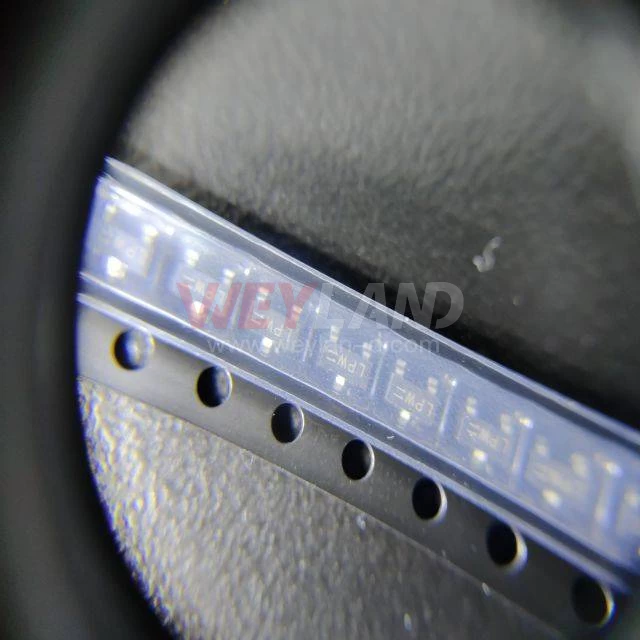

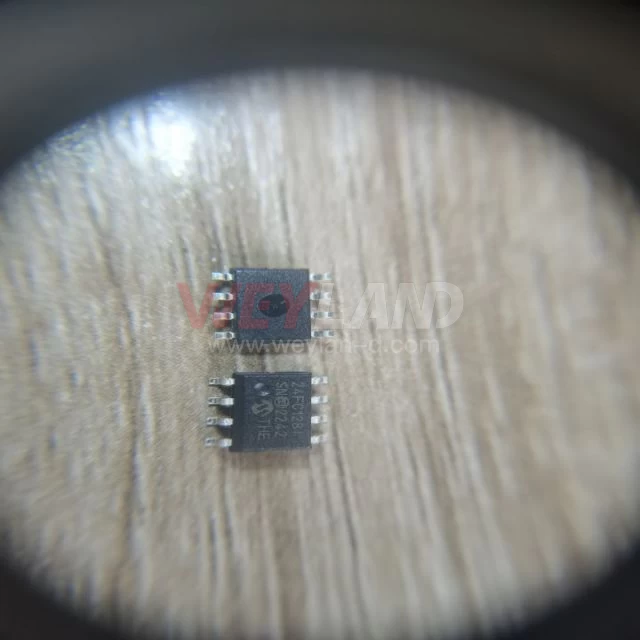
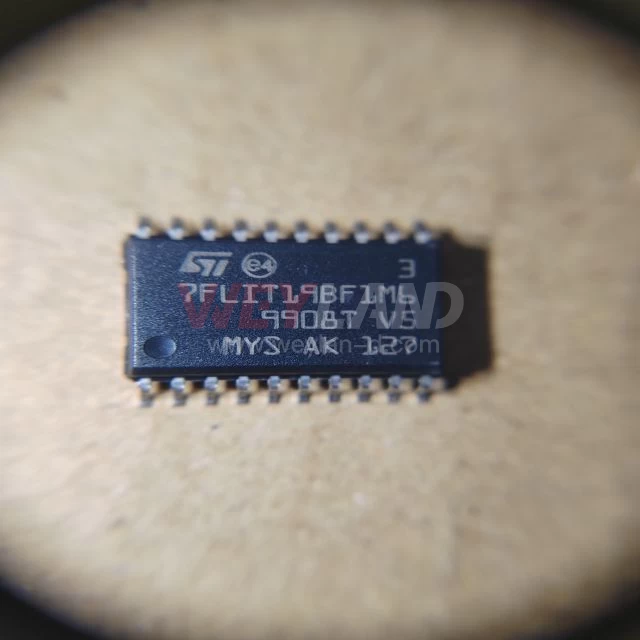

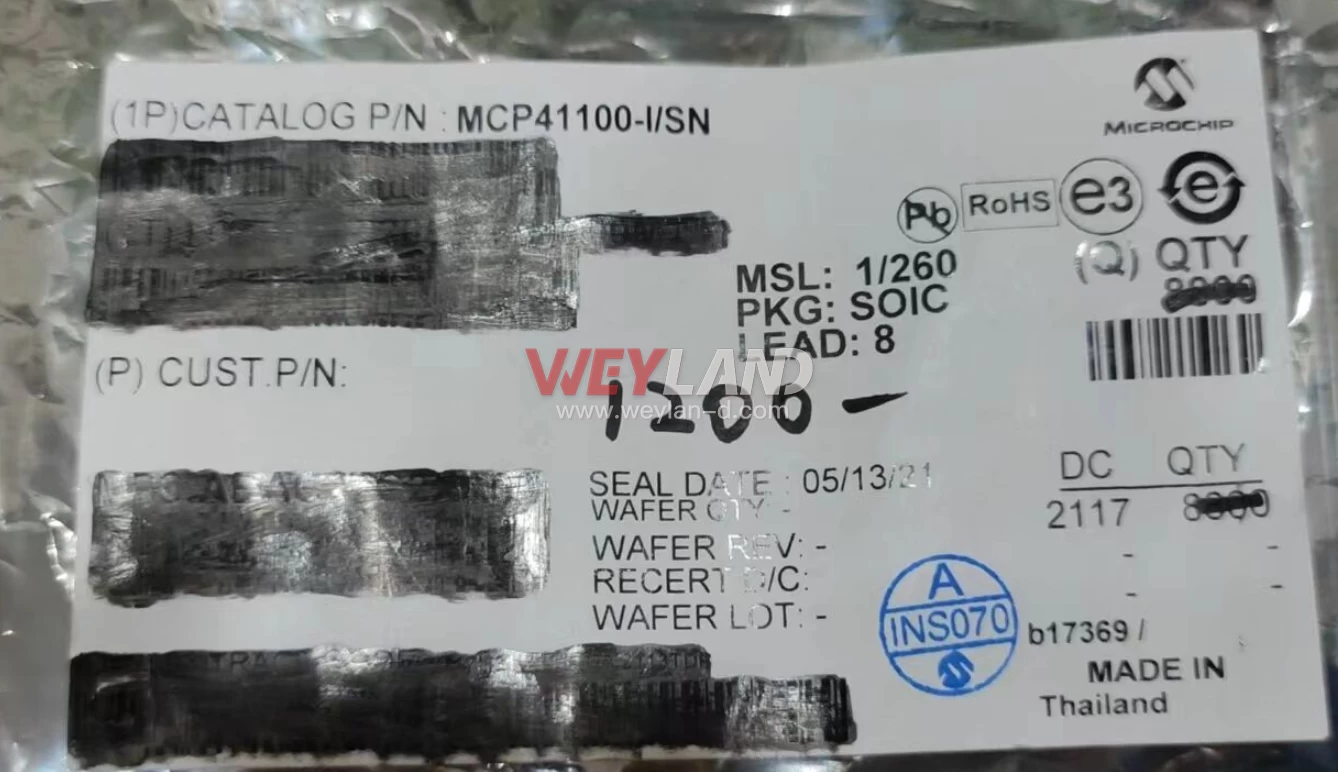
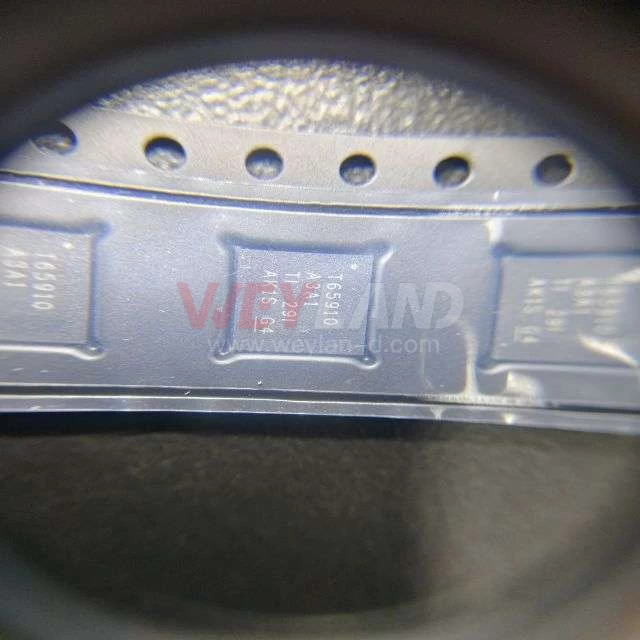
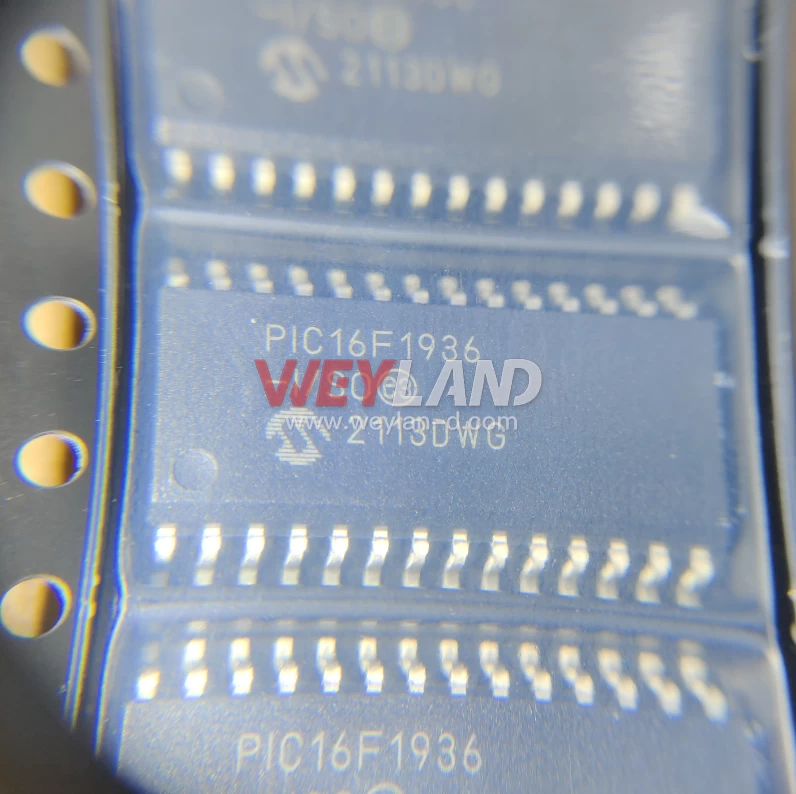

.9246509.png)












[email protected]
7500A BEACH ROAD #04-307 THE PLAZA SINGAPORE (199591)
RM 705.7/F.FA YUEN COMM BLDGNO.75-77.FA YUEN STREET.MONGKOK.KLN.HONG KONG
